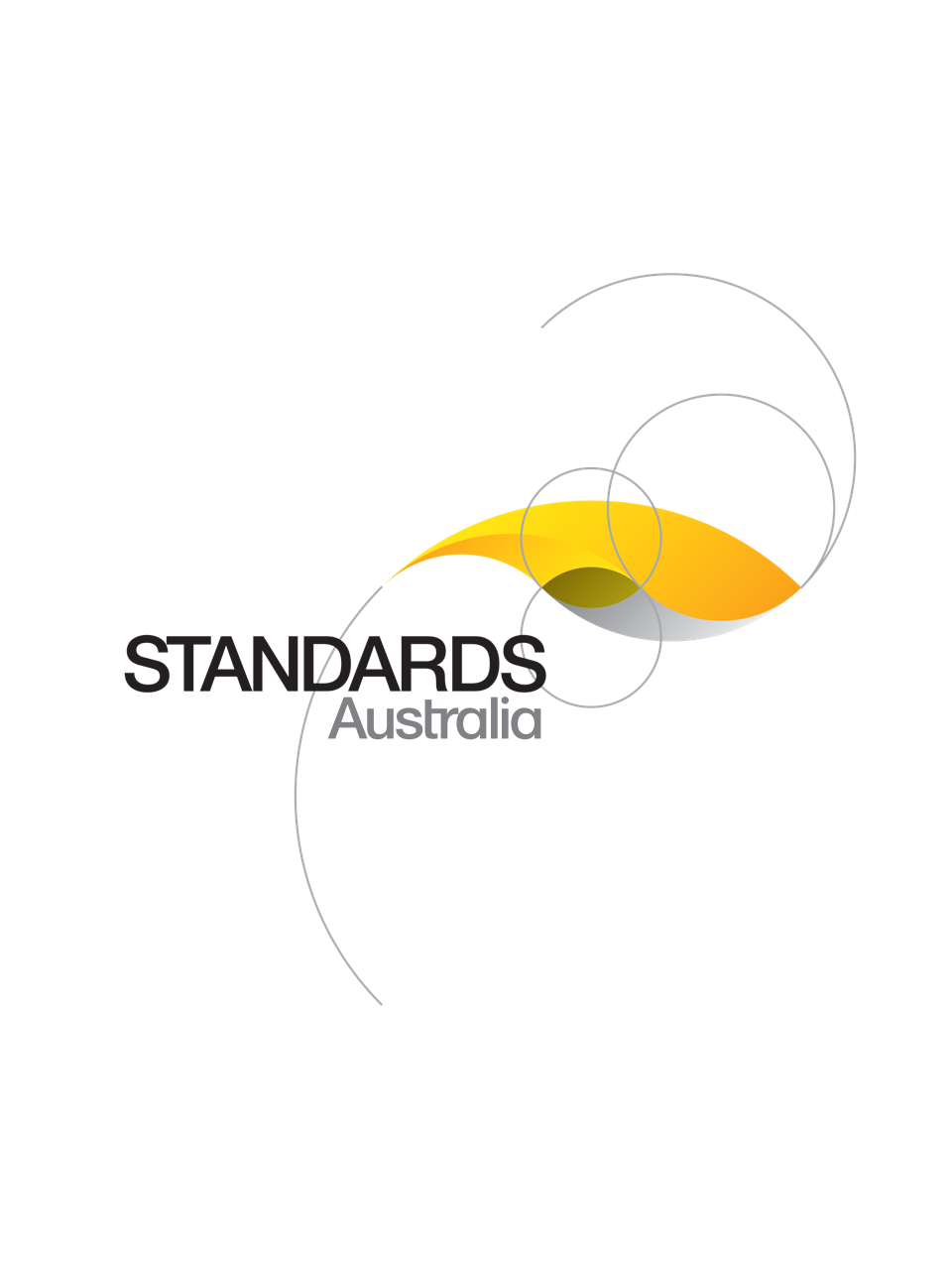Standard
Track updates
AS 2550.10:2025
[Current]Cranes, hoists and winches - Safe use, Part 10: Mobile elevating work platforms
AS 2550.10:2025 establishes the required practices for the safe use of mobile elevating work platforms, herein referred to as MEWPs, including safe systems of work, management, planning, selection, operation and maintenance and selection of operators and auxiliary personnel
Published: 04/04/2025
Pages: 73
Table of contents
Cited references
Content history
Table of contents
Header
About this publication
Preface
1 Scope and general
1.1 Scope
1.2 Normative references
1.3 Terms and definitions
1.4 Competent person
1.4.1 General
1.4.2 Competent person
1.4.3 Competent person for supervision
1.4.4 Competent person for conducting inspection and maintenance
1.4.5 Competent person(s) for major inspections
1.4.6 Competent person(s) for rescue [rescuer(s)]
1.4.7 Competent person(s) for modifications
1.4.8 Competent person(s) for loading and unloading from vehicles
1.5 Instructions
2 Planning
2.1 General
2.2 Risk management
2.3 Emergency rescue procedures
2.3.1 Rescue plan
2.3.2 Rescuer
2.3.3 Communication of the rescue plan
2.3.4 Instruction, training and testing of the plan
2.3.5 MEWP positioning to ensure access to ground controls or auxiliary lowering controls
2.3.6 Rescue procedure
2.3.6.1 General
2.3.6.2 Platform to platform transfer
2.3.6.3 Self rescue
2.3.6.4 Emergency recovery if contact is made with power lines
3 MEWP selection and control measures
3.1 General
3.2 Wind
3.3 Electromagnetic radiation
3.4 Hazardous environments
3.5 Exhaust gas
3.6 Personal fall protection equipment
4 Siting
4.1 General requirements
4.2 Site assessment and control measures
4.3 Support surfaces
4.3.1 General
4.3.2 Excavations and embankments
4.3.3 Soft surfaces
4.3.4 Riverbed, tidal or floodwater areas
4.3.5 Working over cellars, ground cavities or underground services
4.3.6 Working on structures
4.4 Proximity hazards and visibility
4.5 Environmental factors
4.6 Clearances
4.7 Access to ground controls
5 Operation
5.1 Operating instructions
5.1.1 General
5.1.2 Instruction requirements
5.2 MEWP operation management
5.3 Communication of irregularities
5.4 General operational requirements
5.4.1 General
5.4.2 Before operation
5.4.2.1 General
5.4.2.2 Backup power and auxiliary systems
5.4.2.3 Ground controls and emergency controls
5.4.3 During operation
5.5 Control positions
5.6 Travelling
5.6.1 General
5.6.2 Travel with the platform retracted
5.6.3 Travelling with the platform elevated
5.6.4 Gradients
5.6.5 Vehicle-mounted MEWPs
5.7 Levelling
5.8 Outriggers or stabilizers
5.9 Transportation
5.9.1 Loading and unloading from vehicles
5.9.2 Securing for transport
5.10 Working in proximity to aerial conductors (overhead power lines)
5.10.1 General
5.10.2 Precautions when operating near live aerial conductors
5.10.3 Separation distances and risk controls
5.10.3.1 General
5.10.3.2 Overhead power lines (up to and including 132 kV)
5.10.3.3 Overhead power lines (greater than 132 kV)
5.10.4 Aerial conductor contact
5.11 Working near overhead or adjacent crush hazards
5.12 Access to and egress from the platform in the elevated position
5.13 Transferring materials in the elevated position
5.14 Attachments on the platform or extending structure
5.14.1 General
5.14.2 Use of load supporting attachments
5.15 Simultaneous lifting operations
5.16 Application of side loads
5.17 Assistance from support personnel
5.18 Personal fall protection equipment
5.18.1 General
5.18.2 Selection
5.18.3 Boom type MEWPs
5.18.4 Other MEWP types (without boom or jibs)
5.18.5 Connecting to anchorages
5.18.6 Monitoring program
5.18.7 Use of personal fall protection equipment
5.18.8 Equipment that has been used to arrest a fall
5.18.9 Determination of adequate fall clearance
5.18.10 Use of boom type MEWP at low height
5.18.11 Lanyard length
5.18.11.1 Lanyard length for fall arrest
5.18.11.2 Lanyard length for fall restraint
5.18.12 Other lanyard options
5.18.12.1 Retractable reel lanyards
5.18.12.2 Twin tail fall arrest lanyards
5.18.12.3 Adjustable lanyards
5.19 Working over water
5.19.1 General
5.19.2 General control measures
5.19.3 Working from a barge pontoon
5.19.4 Working near water
5.19.5 Personal fall protection equipment when working over water
5.20 Working above personnel access areas
5.21 Gas cylinders
5.22 Refuelling ancillaries
5.23 Battery charging
6 Maintenance, inspection and repair
6.1 General
6.2 Maintenance
6.3 Inspection
6.3.1 General
6.3.2 Pre-operation inspection
6.3.3 Routine inspection
6.3.4 Periodic inspections
6.3.4.1 General
6.3.4.2 Stability test for vehicle-mounted MEWPs
6.3.4.3 Hydraulic creep test
6.3.4.4 Report
6.3.5 Major inspection process
6.3.5.1 General
6.3.5.2 Critical component identification
6.3.5.3 Critical components assessment and inspection criteria
6.3.5.4 Physical inspection
6.3.5.5 Major inspection report
6.3.5.6 Major inspection plate
6.4 Repairs
6.4.1 General
6.4.2 Assessment for repair procedure
6.4.3 Alternative recommendations
6.4.3.1 Competent person’s report
6.4.3.2 Management of repairs
6.4.4 Repair work
6.4.5 Welding repair examination
6.5 Modifications
6.5.1 General
6.5.2 Instructions
6.6 Records
6.7 Fibreglass booms
6.7.1 Inspection of minor damage
6.7.2 Inspection for critical damage
6.7.3 Maintenance
6.8 Fibreglass baskets
6.8.1 Inspection for minor damage
6.8.2 Inspection for critical damage
6.8.3 Maintenance
Appendix A
Appendix B
B.1 Ground conditions and support
B.2 Ground conditions
B.3 Ground pressure and tyres
B.4 Outriggers
B.5 Pig stying or stacking of outrigger packing
B.5.1 General
B.5.2 Timber packing
B.5.3 Composite packing
B.6 Ground pressure and outrigger pad area
Appendix C
C.1 General
C.1.1 Use
C.1.2 Work procedures
C.2 Selection of insulated MEWPs for work on or near exposed energized overhead power lines
C.2.1 General
C.2.2 Insulation rating
C.2.3 Environmental conditions
C.3 Siting
C.4 Periodic testing of insulated MEWPs
C.4.1 General
C.4.1.1 Test regime
C.4.1.2 Test frequency
C.4.1.2.1 Periodic tests
C.4.1.2.2 Acceptance tests
C.4.2 Test report
C.4.3 Test schedule
C.5 Unscheduled checks
C.5.1 General
C.5.2 Unscheduled check procedures
C.6 Alterations, modifications and significant repairs of insulation systems
C.6.1 General
C.6.2 Alterations
C.6.3 Modifications
C.6.4 Significant repairs
C.7 Maintenance of insulation components
C.8 Actions following breach or failure of the insulation under operating conditions
Bibliography
Cited references in this standard
[Withdrawn]
High-voltage test techniques, Part 1: General definitions and test requirements
[Current]
Structural steel welding, Part 4: Welding of high strength quenched and tempered steels
[Current]
Personal equipment for work at height, Part 4: Selection, use and maintenance
One-time Purchase
Access via web browser on any device
One-time purchase
Single publication
Offline access via PDF^
$230.65 AUD
Inclusive of GSTFormat *
Web Reader
Licenses *
1 License (for yourself - not shareable)
Total$230.65 AUD
IMPORTANT
